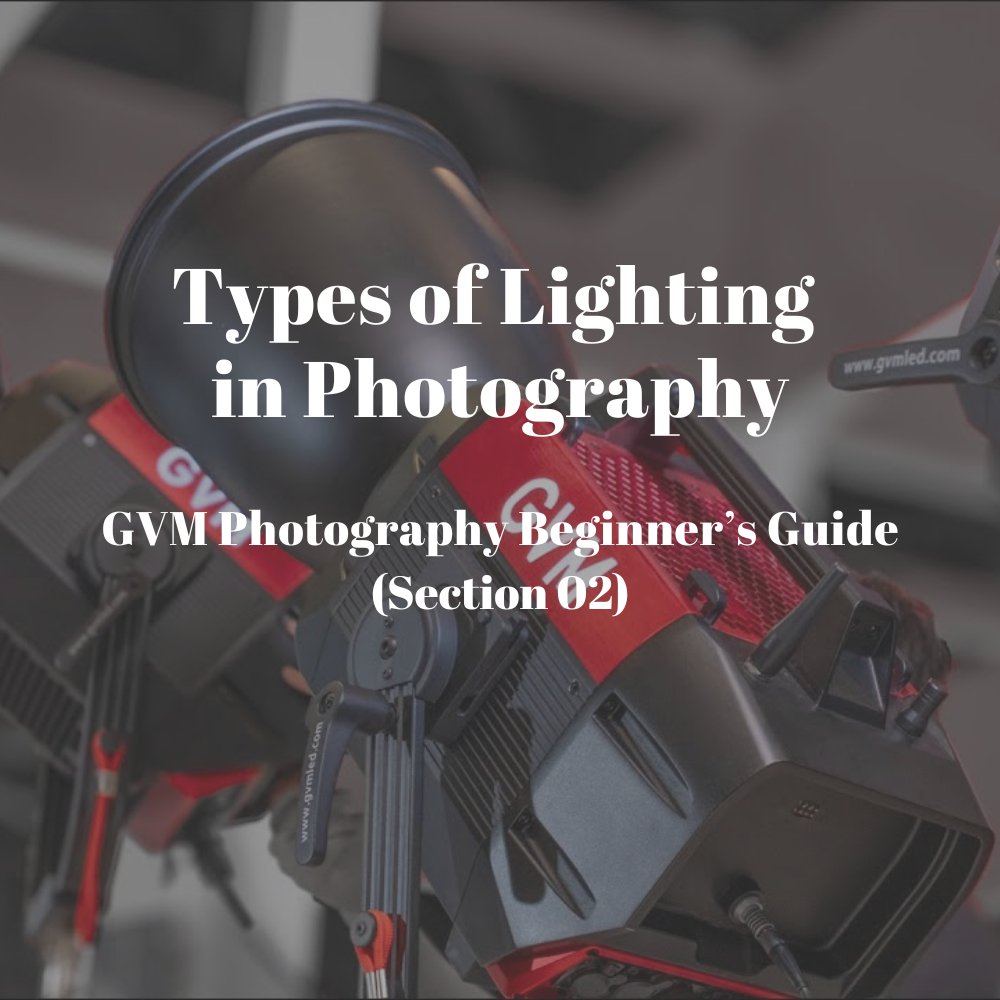
Lighting is one of the most crucial elements in photography, as it directly influences the mood, texture, and depth of an image. Various types of lighting are used to achieve different effects, depending on the desired outcome and the subject being photographed. Natural light, studio lighting, and artificial ambient sources each offer unique qualities that can enhance or transform the overall look of a photograph. Understanding the characteristics of these lighting types, along with how to manipulate them, is essential for photographers looking to create compelling and visually striking images.
1.Natural Light
Natural light comes from the sun and is one of the most accessible light sources for photographers. It changes throughout the day, offering different qualities such as the soft, warm tones during golden hour (just after sunrise and before sunset) or the harsh shadows created by midday sun. For beginners, practicing with natural light is a great way to start understanding how different times of day and weather conditions impact your photos.

2.Artificial Light
Artificial lighting includes any light source that isn't natural, such as lamps, studio lights, or flashes. Many photographers use artificial lighting to gain complete control over their environment, allowing them to create consistent lighting conditions. Understanding how to manipulate artificial light, such as adjusting its intensity, direction, or color, is essential for studio photography and night shoots.

3.Hard vs. Soft Light
Hard light creates sharp, well-defined shadows and is often produced by small, direct light sources like the sun on a clear day or a bare light bulb. Soft light, on the other hand, comes from larger or diffused sources, such as an overcast sky or a light softened by a diffuser. Beginners should experiment with both types to see how they affect the look of their images.

4.Backlighting
Backlighting occurs when the light source is behind the subject. This technique can create stunning silhouettes or highlight the subject’s edges, adding depth and dimension to images.To create a silhouette, expose for the background, allowing the subject to fall into shadow. This effect works beautifully during golden hour, adding a dramatic touch to landscapes and portraits.By positioning the light behind the subject and adjusting the exposure, photographers can create a soft glow around the subject, enhancing its three-dimensionality.

5.Ambient Light
Ambient light refers to the natural or artificial light that exists in a scene without direct sources. This type of lighting creates the overall atmosphere of the image.Photographers can leverage ambient light to set the mood of their photos. By adjusting camera settings to balance ambient light with additional lighting, they can create cohesive and visually appealing images.Capturing ambient light effectively often involves understanding how it interacts with your subject and the environment.


Conclusion
Mastering various types of lighting in photography is crucial for creating compelling images. By experimenting with natural and artificial light, as well as hard and soft light techniques, photographers can enhance their artistic expression and storytelling capabilities. Whether shooting in a controlled studio or exploring the great outdoors, understanding and manipulating light will always be at the heart of captivating photography. Embrace the nuances of different lighting types, and let your creativity shine through your images!


0 comments